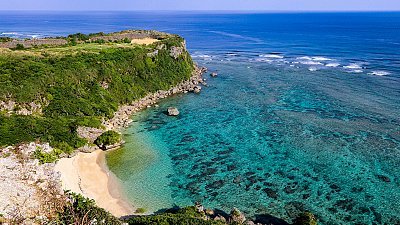Tokyo Dreaming
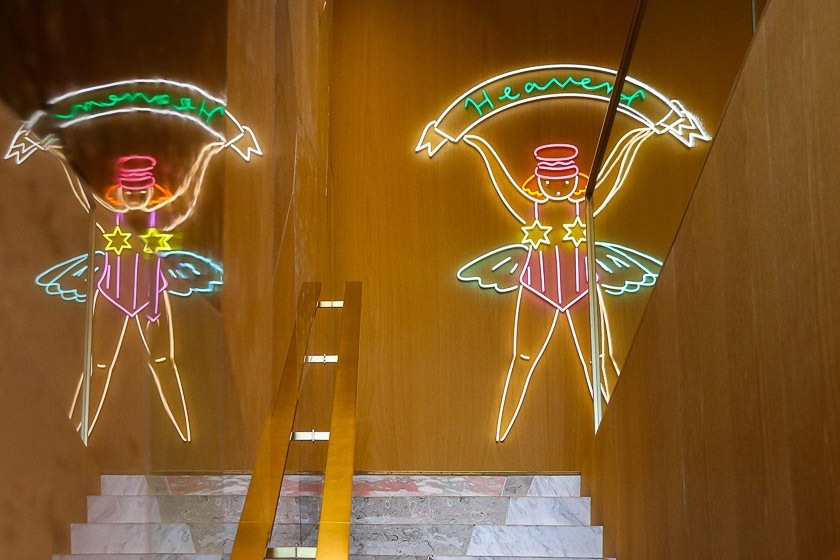
When visiting a different country, some travelers want to experience what it is like to live like a local, even for a day, in addition to taking in all the sightseeing spots. In this edition of Chotto Zeitaku, I visited places I imagined the residents living in the upscale districts of Tokyo would go and spent an ideal day out doing as what locals may do in Omotesando, Aoyama, Roppongi and Azabu Juban.
I started my day at Farmers Market in Omotesando, which is only open on weekends from 10:00 - 16:00. Located at the entrance square of the United Nations University in Aoyama, Farmers Market is an attractive open air market comprising of about 20-30 small businesses bringing a variety of fresh seasonal produce from all over the country, ready-made products, and home and lifestyle goods into the city center. This place is, for me, one of the best local markets you can find in central Tokyo.
Many of the business owners are either farmers or source their products directly from the farmers themselves, so you can be sure that their product knowledge is top notch. While the scale of the market is quite compact, there is more than enough variety for everyone. Short-term visitors looking for edible Made in Japan souvenirs, look no further than Farmers Market in Aoyama!
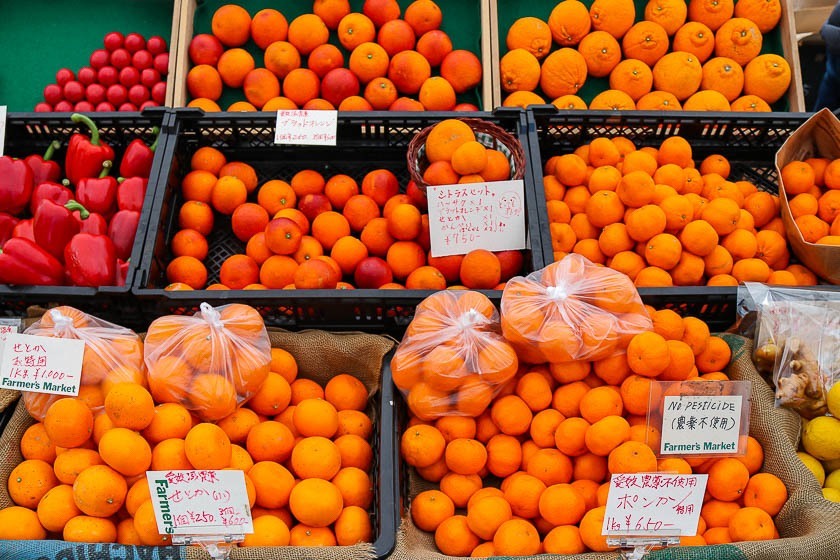
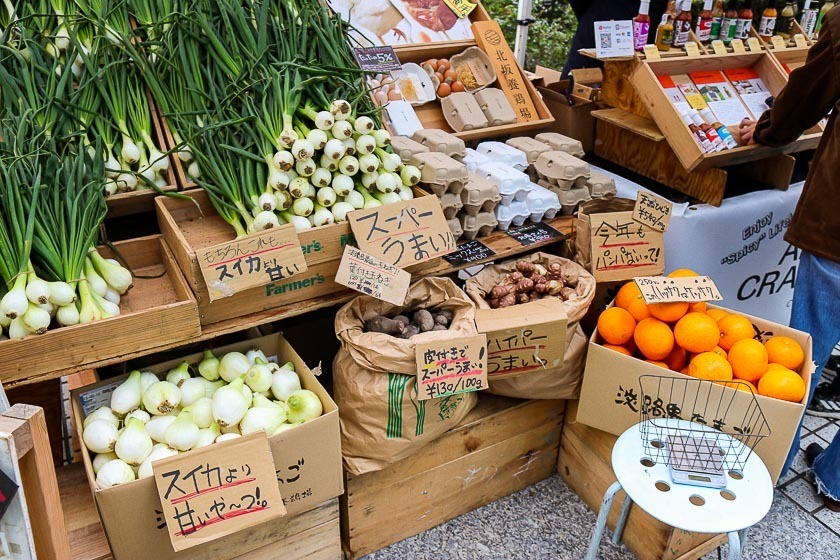
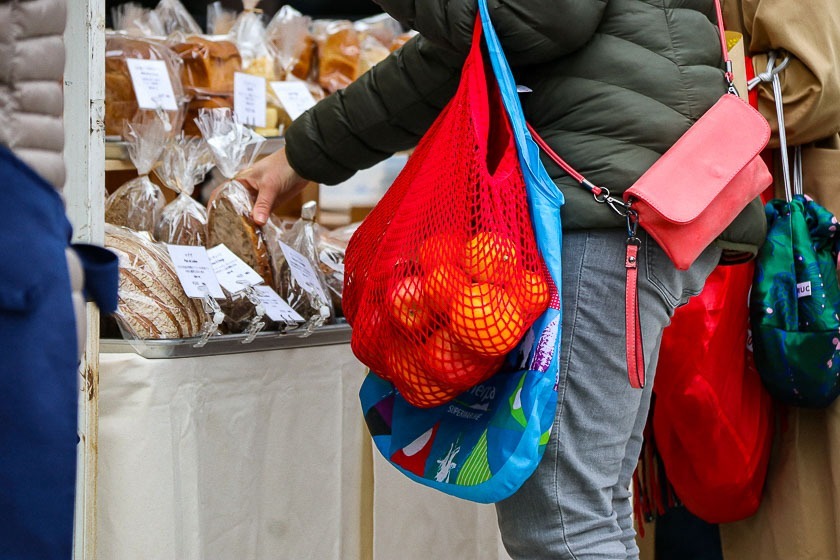

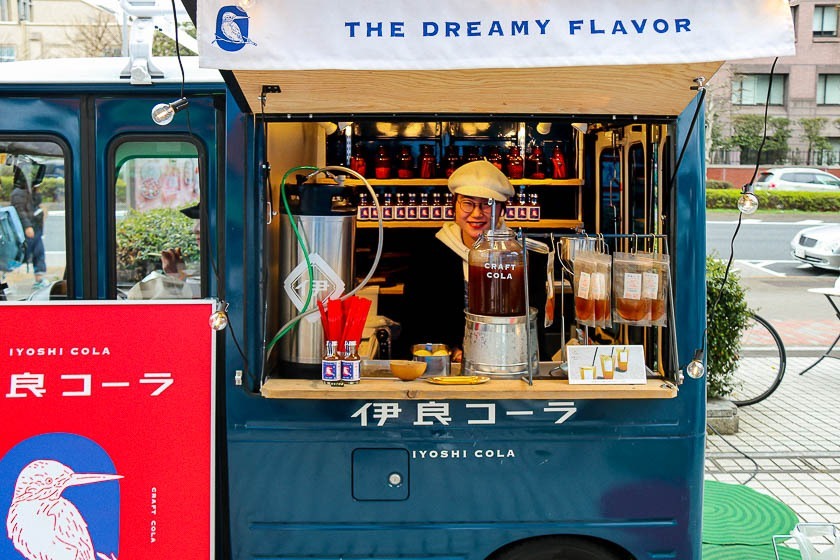
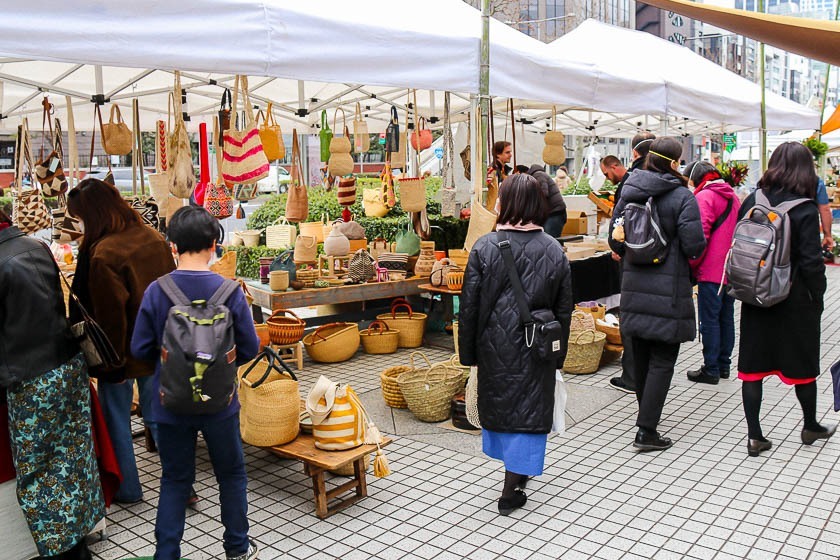
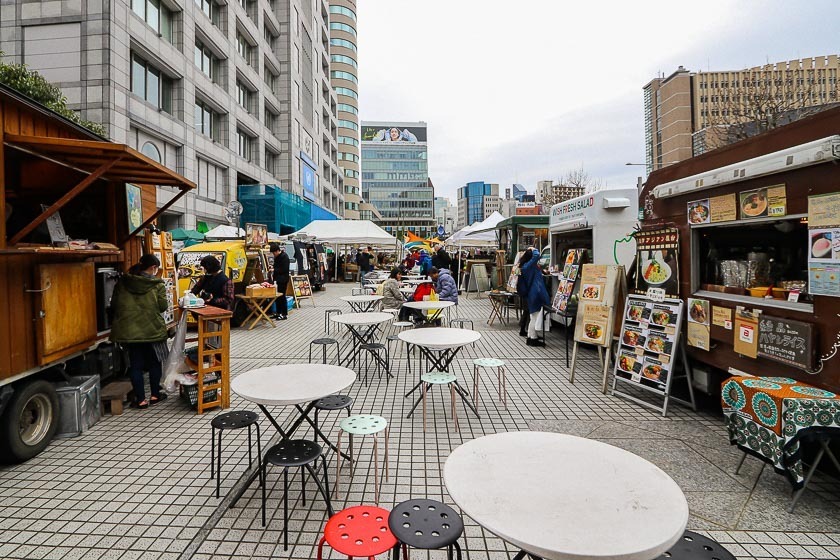
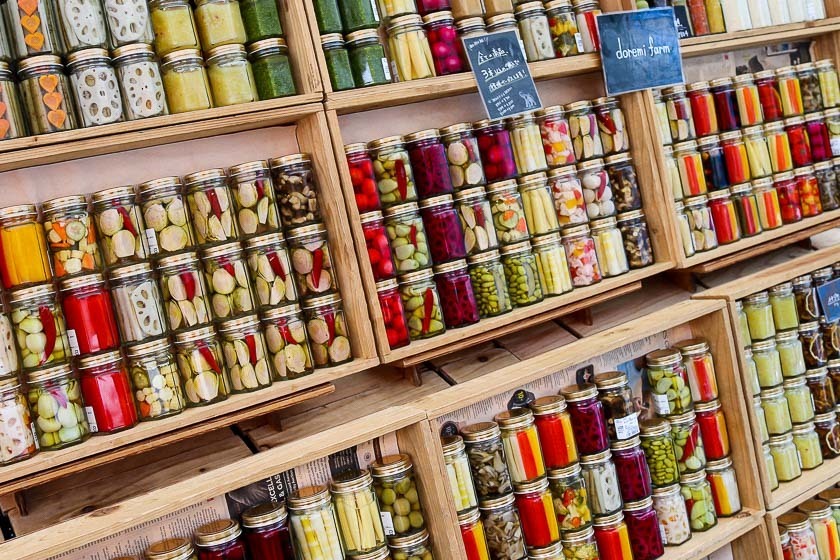
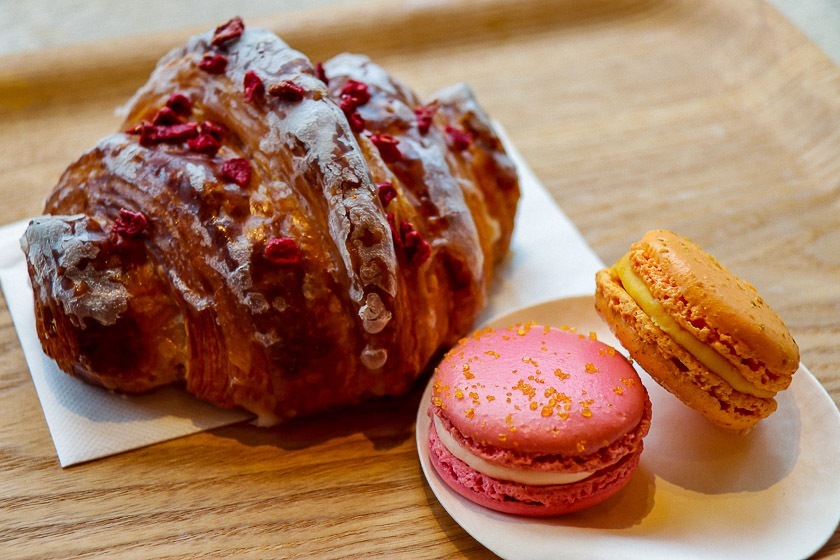

After spending a couple of hours wandering around the market and having a quick bite, I headed off in the direction of Aoyama and Roppongi on foot. The stroll between the market and Roppongi took about 30 minutes, and brought me through the back streets of the neighbourhood.
The main Omotesando-Aoyama street is lined with flagship stores of many fashion brands from the numerous Issey Miyaki stores to Comme des Garcons to Balenciaga. However, this does not mean that the upscale and high fashion neighbourhood of Aoyama is just for fashionistas and the well-heeled. Many of these flagship stores were designed by well-known architecture firms, and walking down the main street allows one to see lots of interesting designs.
As I continued along the back streets past Aoyama into Nishi Azabu, the glitzy shop fronts faded into residential buildings. It was a slightly quiet walk, but know that the Nishi Azabu neighbourhood is home to many restaurants, and some require reservations of more than a year in advance.
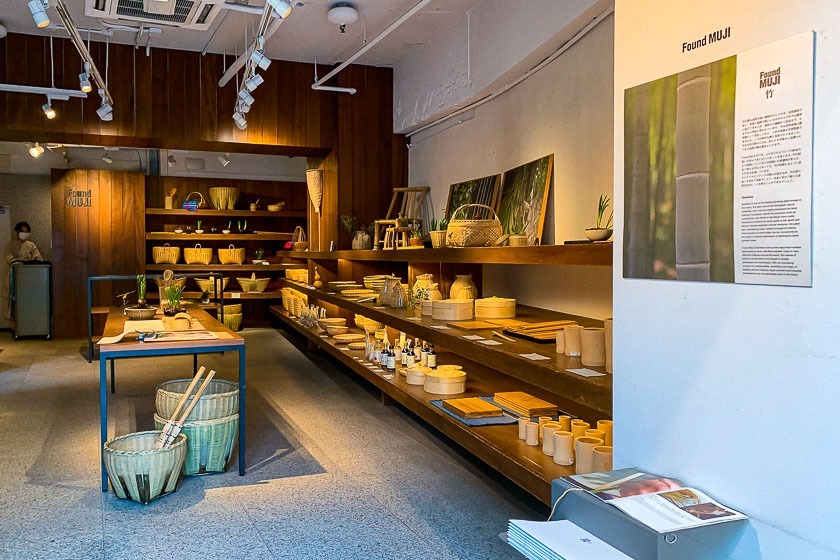


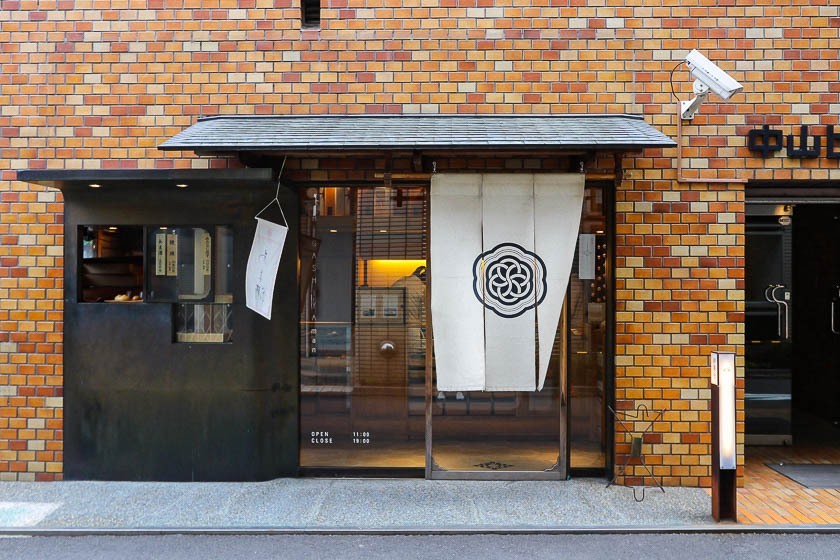

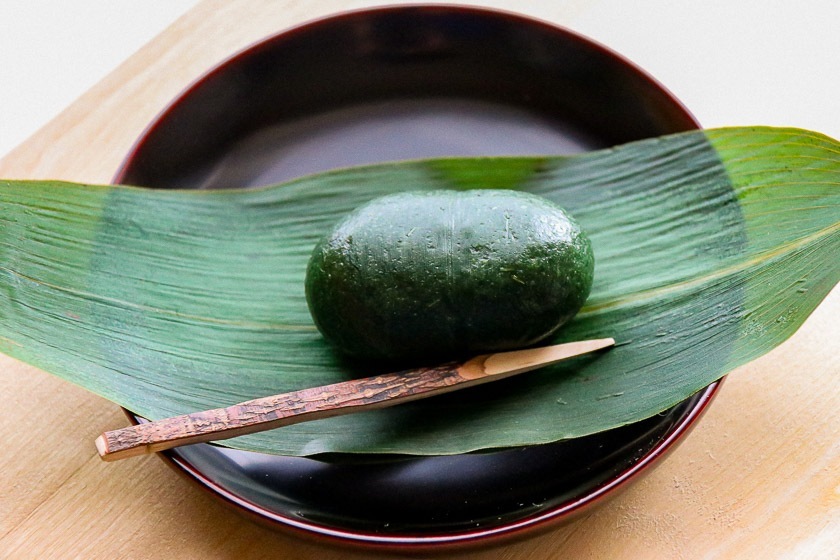

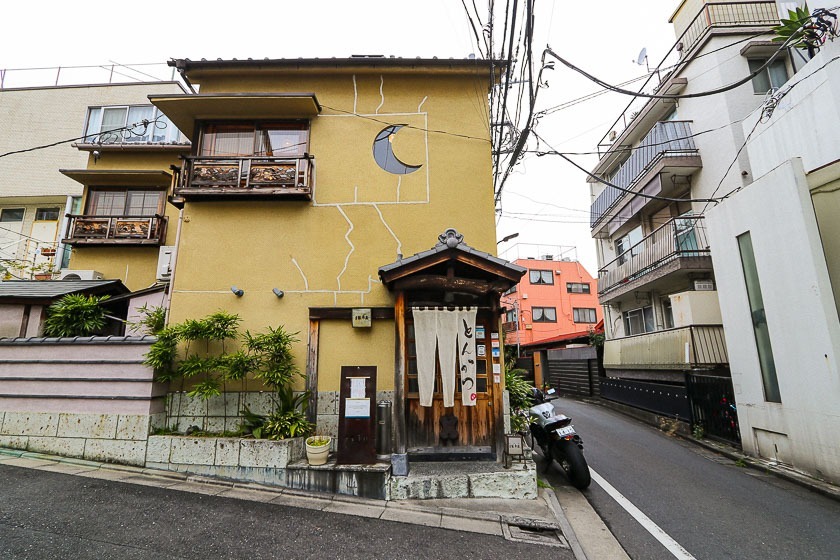
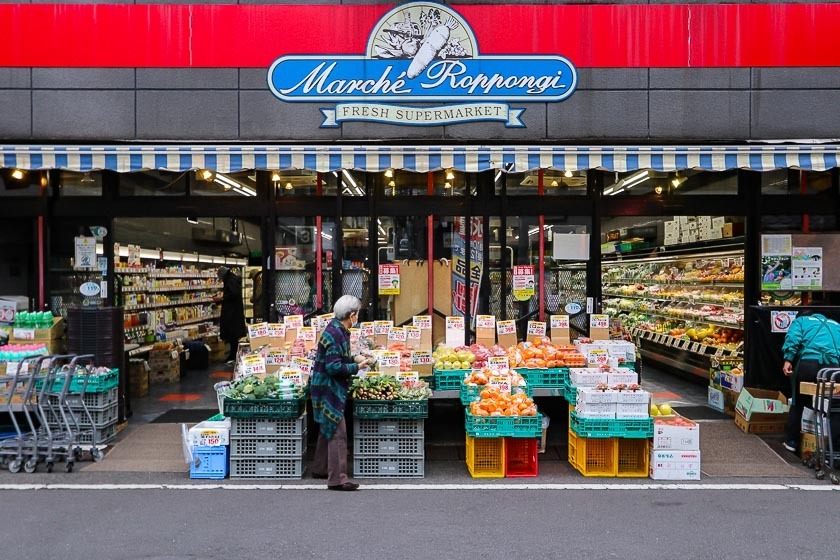

I finally arrived in Roppongi and headed straight to Bricolage Bread & Co, the local bakery and cafe, for a coffee break. The place is a collaboration between the owners of L'Effervescence, a two Michelin starred French restaurant in Nishi Azabu, and Le Sucre-Coeur, a popular French bakery in Osaka. Headed by these two heavyweights, diners can be sure of the high quality and level of food at Bricolage.
From Bricolage, I passed through the popular Roppongi Hills complex and headed for the Hibiya Subway Line. I took the train from Roppongi one stop to Kamiyacho Station, and from there walked about ten minutes to my next destination, Atago Shrine.

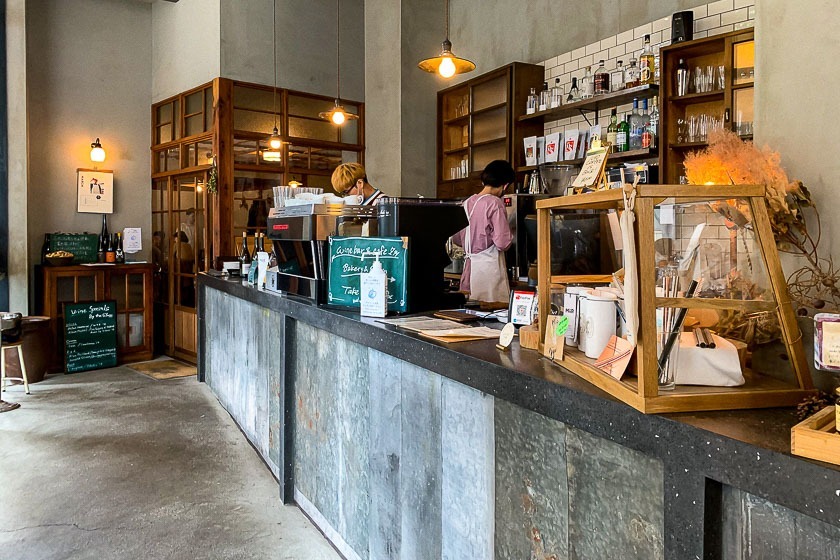
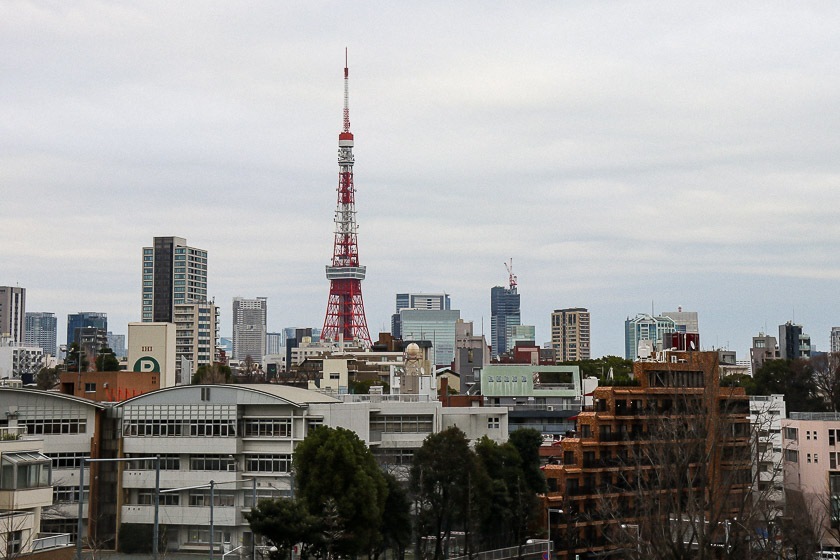
Atago Shrine is tucked away between Tokyo Tower and Toranomon Hills, one of Tokyo's tallest buildings. The shrine was established in 1603 by Tokugawa Ieyasu to protect Tokyo from fires. The shrine buildings were destroyed once in the Great Kanto Earthquake in 1923 and again during the World War II air raids. The main hall that can be seen today was reconstructed in 1958.
Located on the 25.7 meter tall Mount Atago, the tallest mountain in all the 23 special wards of Tokyo, visitors have to scale a flight of relatively steep stairs known as the "Stairs to Success" to access Atago Shrine. It is said that during the Edo Period in feudal Japan, a young samurai rode his horse up the steep stairs to pluck a plum branch from the tree at the top when challenged by the feudal lord. The samurai was successful in his challenge, which well and truly impressed the feudal lord. From then, it was established that those who make it up the flight of stairs will be successful, and hence the main "Stairs to Success".
I made sure to climb the steep stairs to ensure my future success, and was quite relieved when I made it to the top. The shrine grounds were pleasantly quiet, and I saw a number of locals visiting and paying their respects at the main hall.

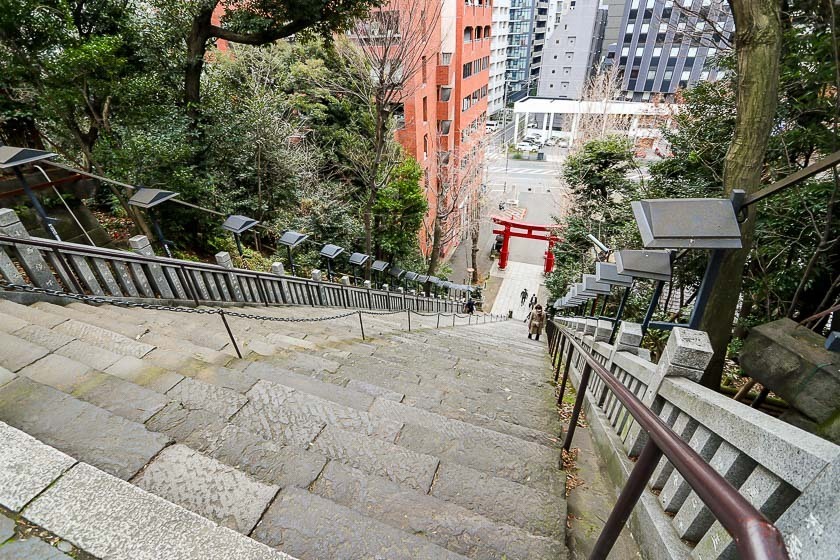
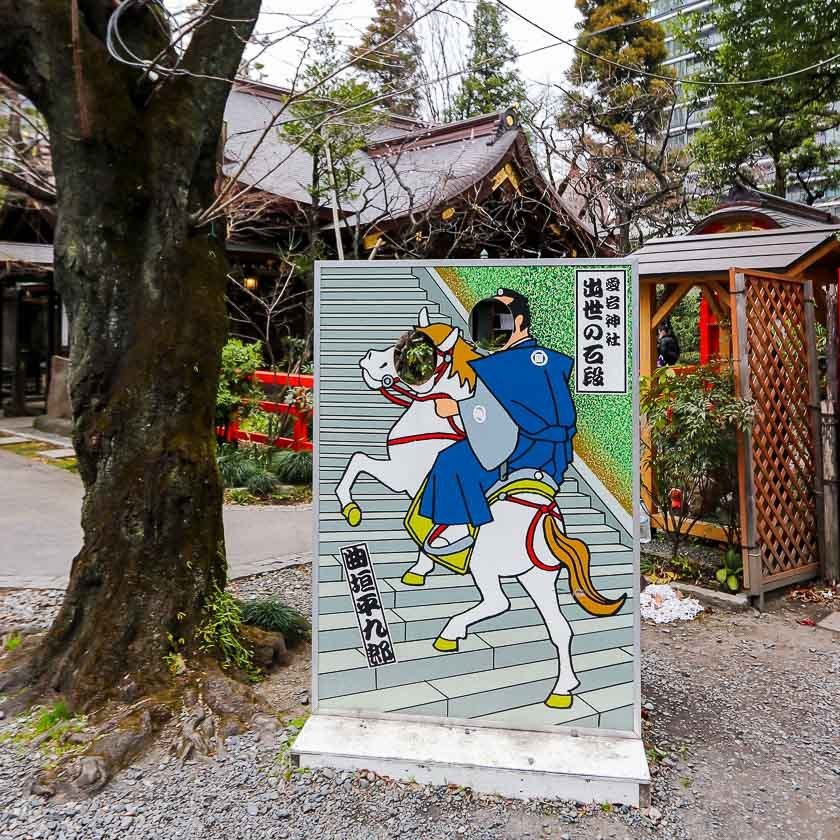
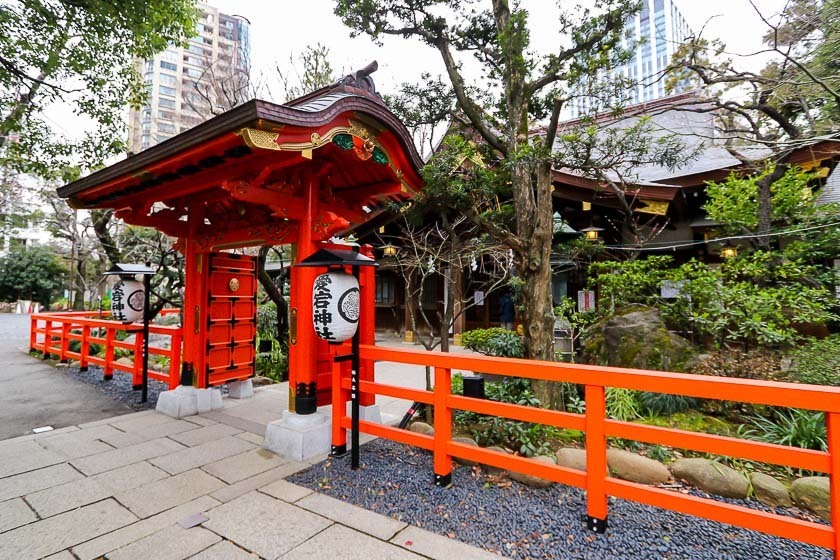
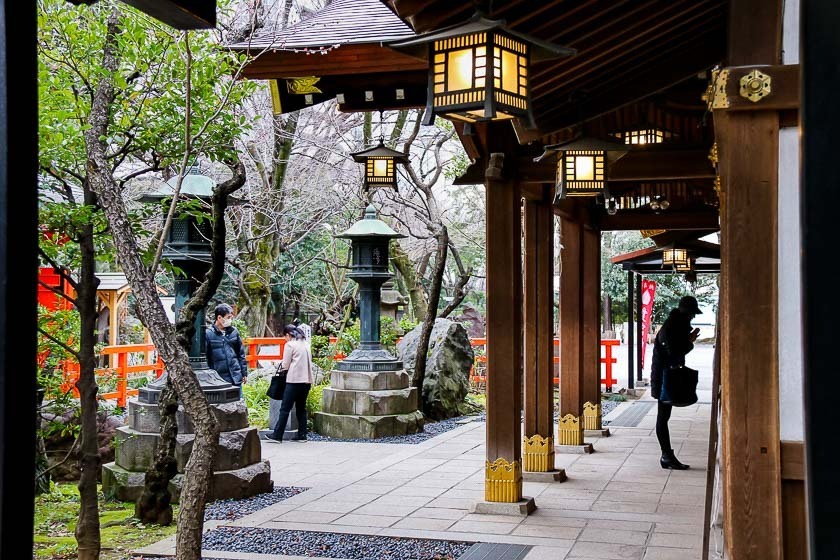
Tokyo Tower was next on my itinerary, and it was only a short walk from Atago Shrine. The 333-meter steel tower is easily my favourite symbol of Tokyo, and something I look forward to seeing whenever I'm in the city. In the evenings, the tower is illuminated and radiates warm feelings to all who see it.
There was almost no wait time to ascend Tokyo Tower by elevator, and I arrived at Main Deck, the observation deck at 150 meters above ground. There is another observation deck, Top Deck, at 250 meters, and that requires additional fees. 150 meters was plenty high for me, and I could see all the way to Odaiba in the south and Tokyo Skytree in the northeast.

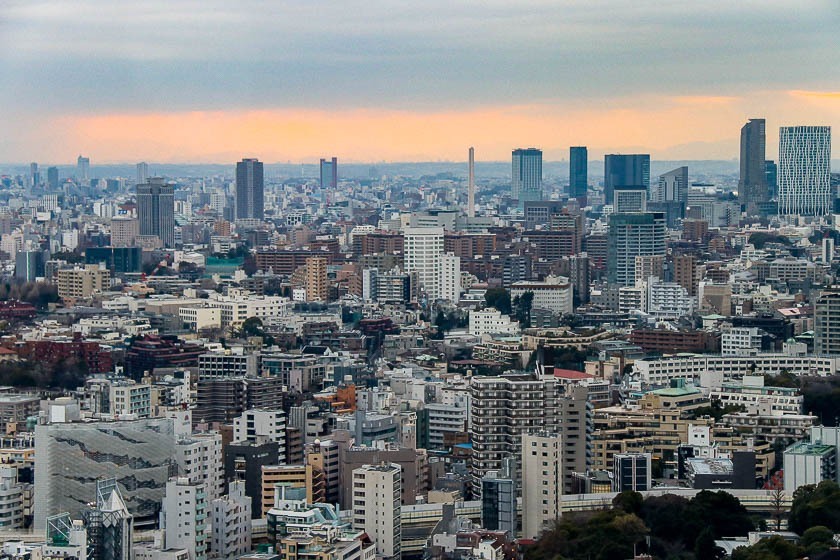
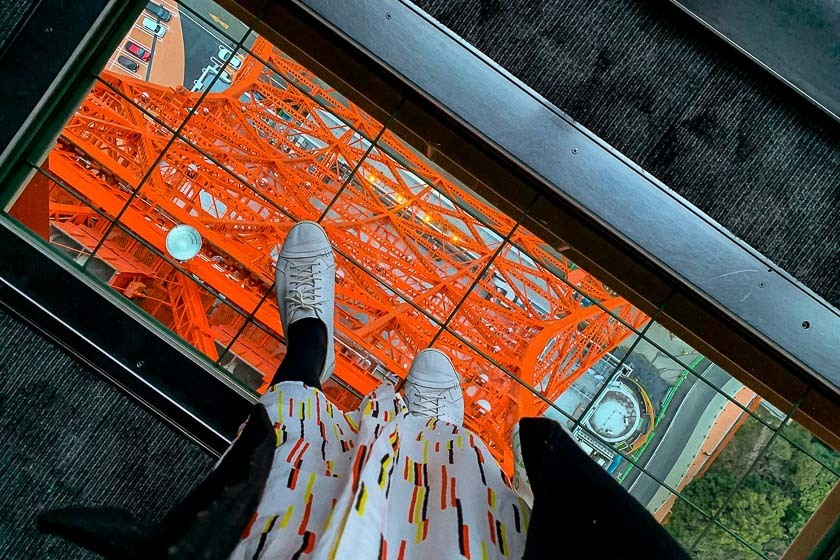
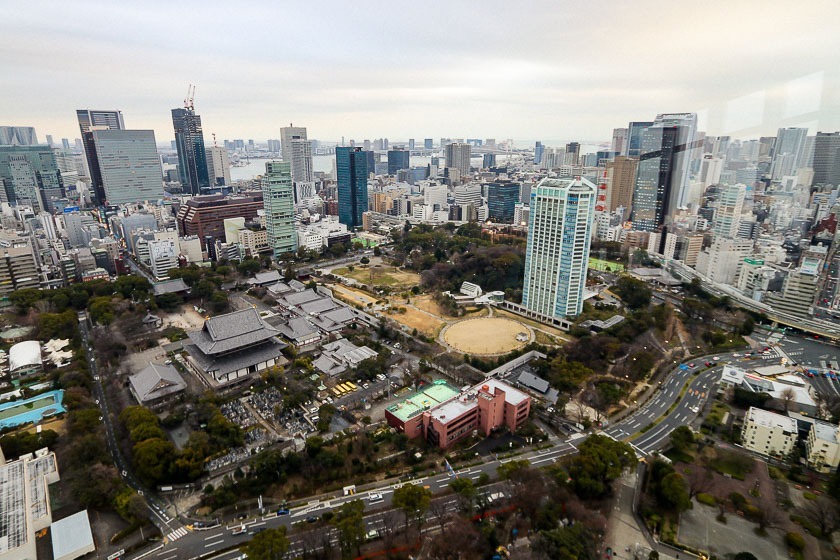
Finally to end my day, I walked across to The Park Prince Tower Tokyo and headed to the bar on the 33rd floor. The sky lounge is one of the few places in the vicinity that offers a sweeping view of the Tokyo skyline and Tokyo Tower up close.
I sat back, with my drink in hand, and enjoyed the twinkling night lights of the city and the warm orange glow of Tokyo Tower. It had been a great day out starting with shopping for homegrown produce, then heading to a cafe before visiting a local shrine, and finally ending with a drink and my favourite view. This is the life, and a day out I'm sure both locals and visitors would enjoy.
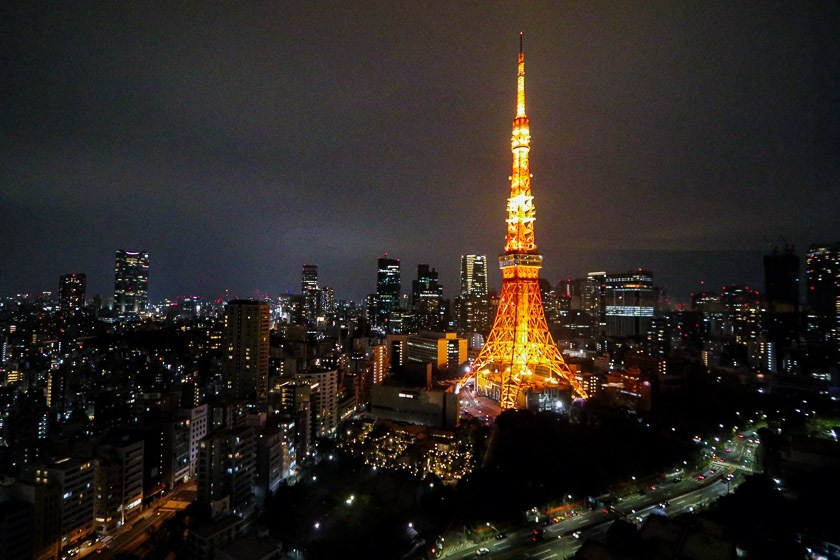

Getting There and Around
Farmers Market
The Farmers Market is held every weekend from 10:00 to 16:00 at the entrance square of the United Nations University in Aoyama. The weekend market is a five minute walk from Omotesando Station on the Tokyo Metro Hanzomon, Chiyoda and Ginza subway lines.
Atago Shrine
Take the Hibiya Subway Line one stop from Roppongi Station to Kamiyacho Station. From there, it is about a ten minute walk to the base of the steps at Atago Shrine


